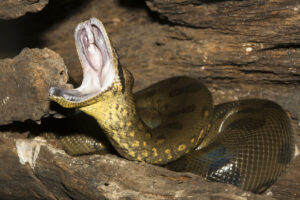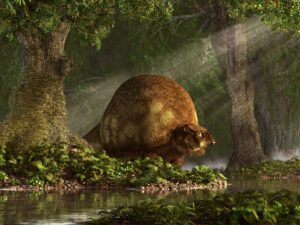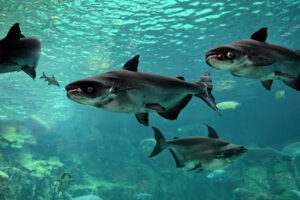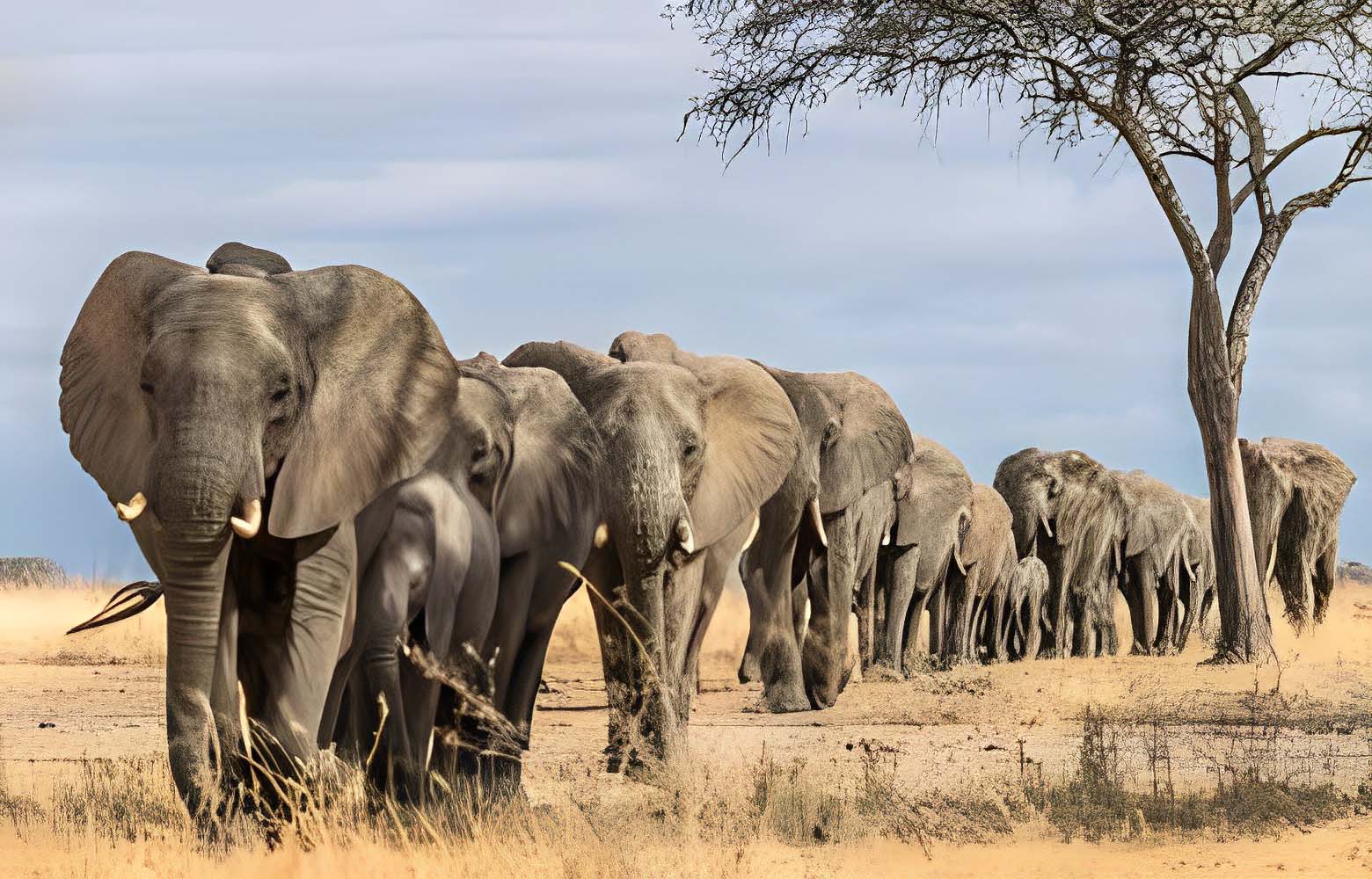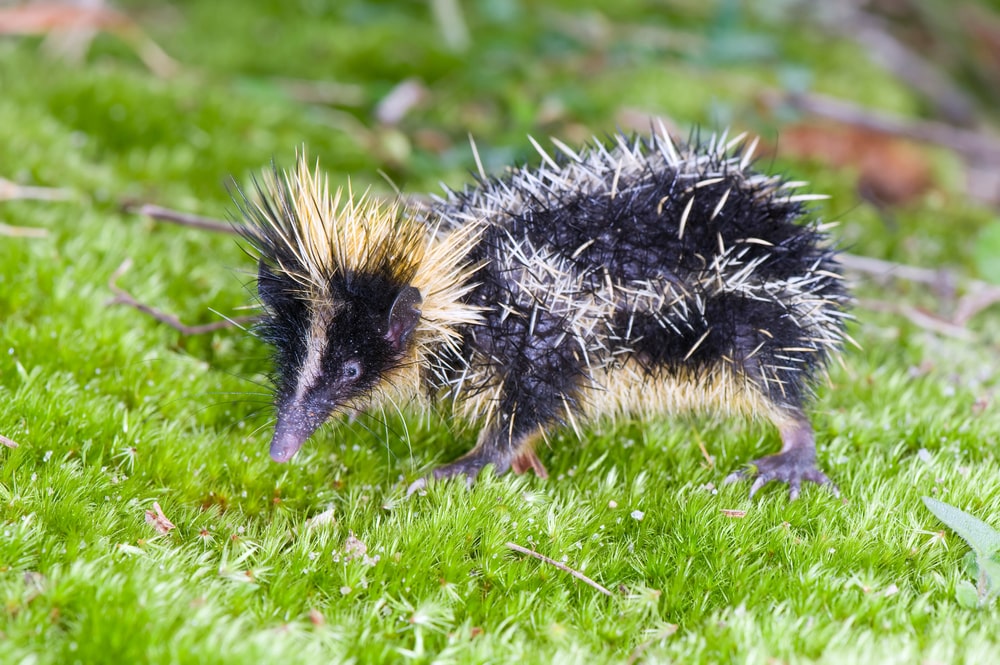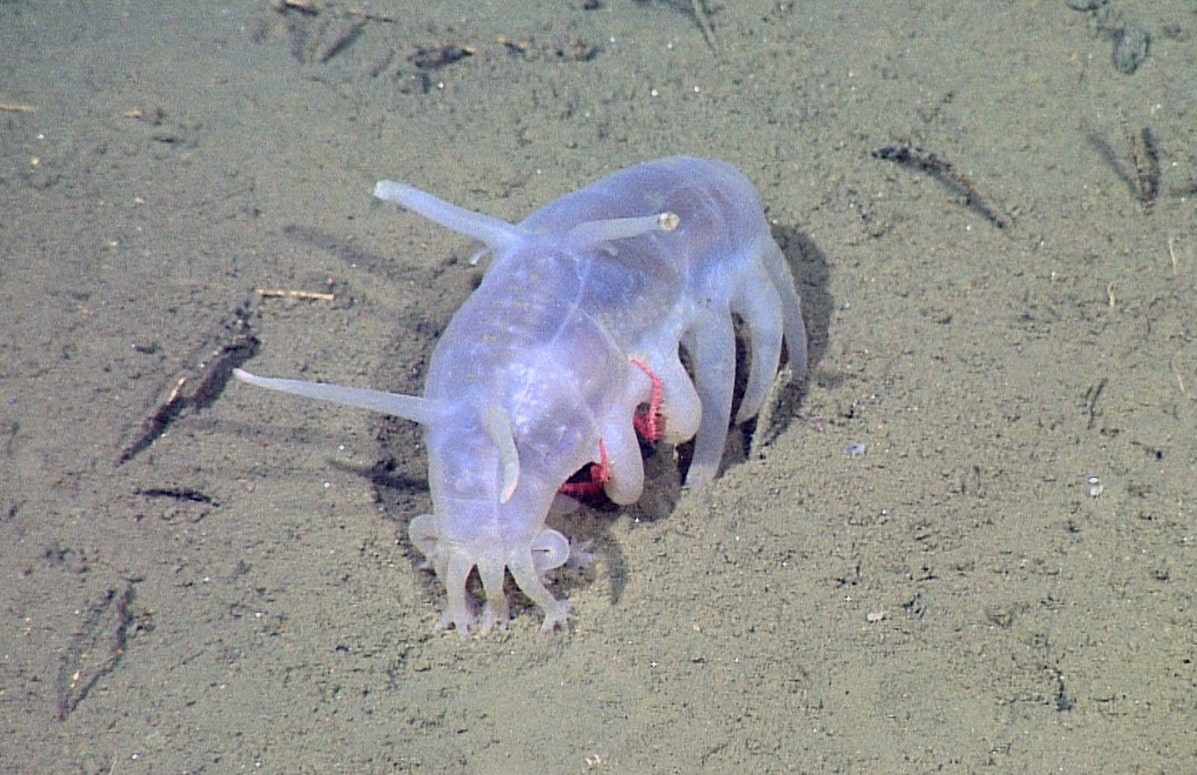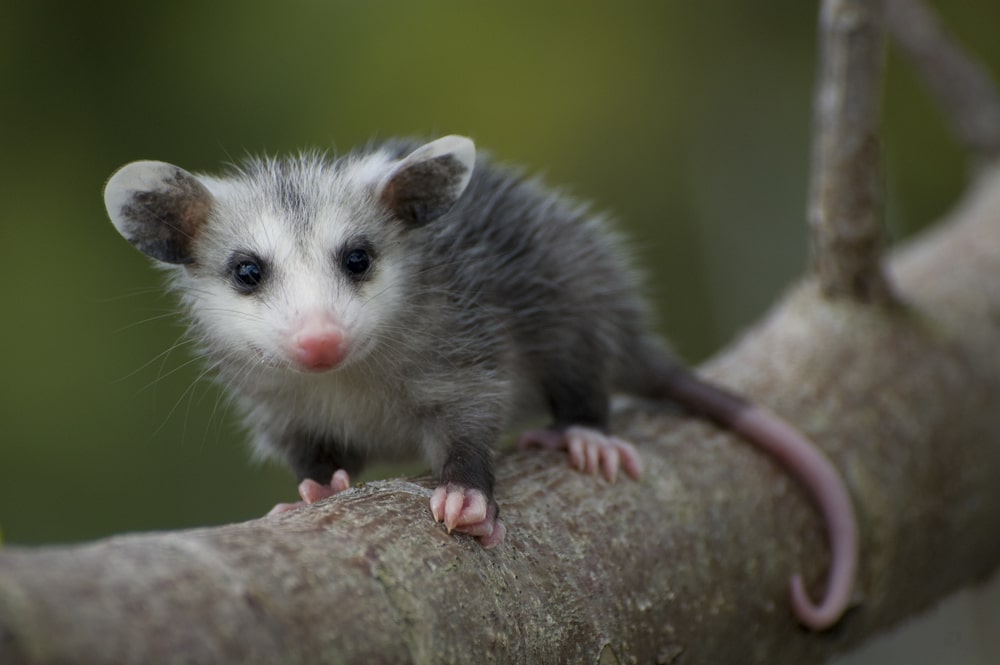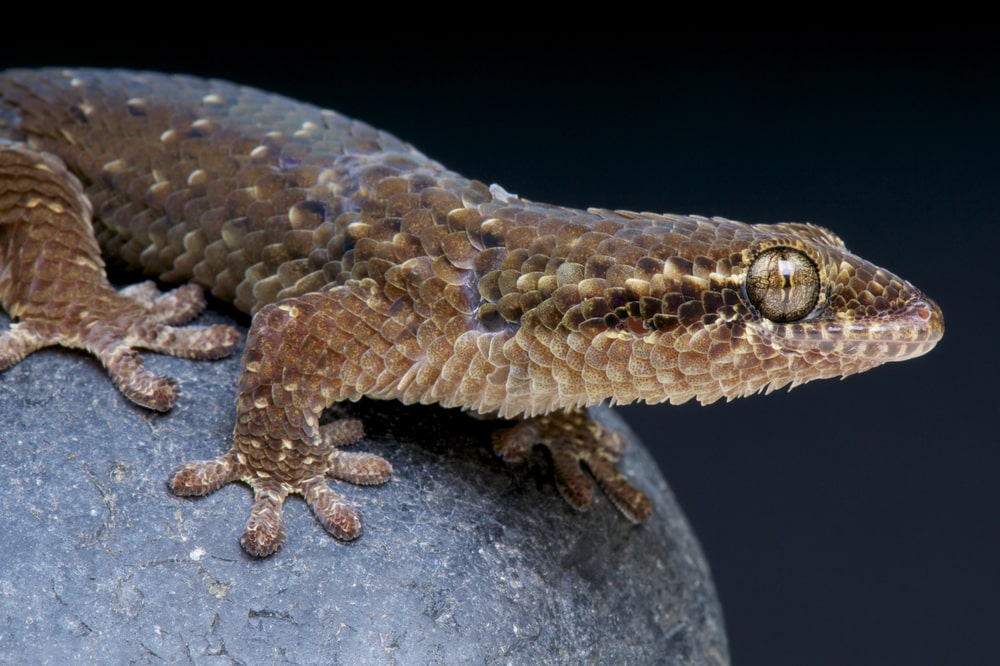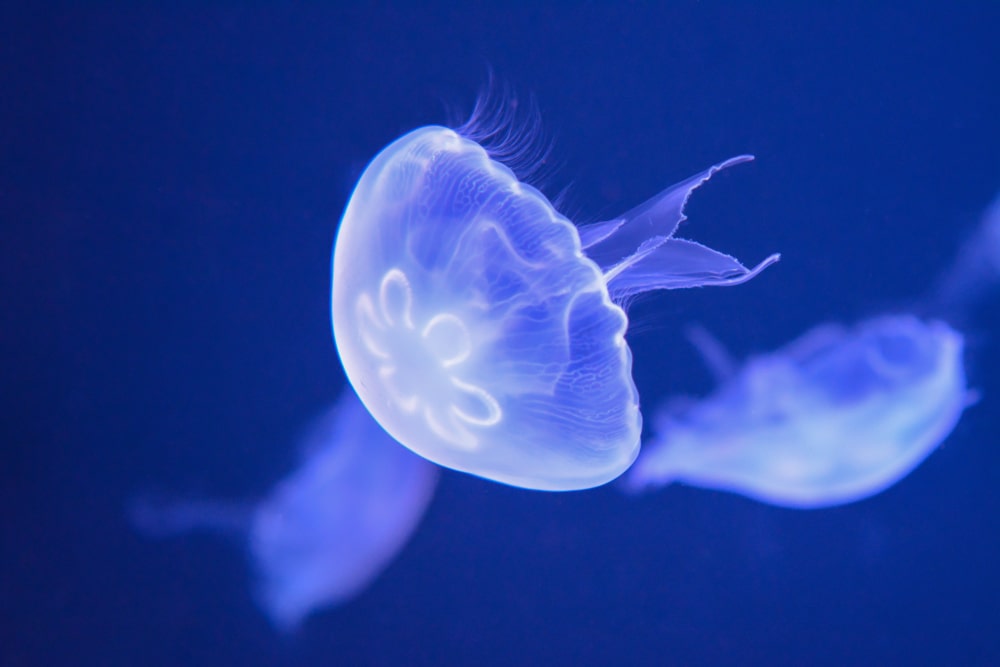Giant animals Titanoboa, Giant anaconda, Glyptodon & Mekong
Giant animals that extinct such as Titanoboas, Giant anacondas, Glyptodons, Mekongs were really gigantic animals. They had huge body structure and terrifying looks.
Titanoboa giant animals
The Titanoboa has been extinct for a long time but this was a truly monstrous and giant snake. It was more than 40 feet long and could weigh around 2500 pounds this absolutely terrifying giant was discovered in Colombia where fossilized remains were dug up and dated back to around 60 million years ago.
So you don’t have to worry about this one for now unless someone does a Jurassic park and brings it back to life from DNA or something it is the largest snake ever discovered and it lived for a period of about 10 million years during what is known as the middle to late paleocene epoch. This epoch is one that followed the cretaceous Paleogene extinction event which famously wiped out all the dinosaurs and a whole bunch of other stuff too.
An expedition led by paleontologist Jonathan block of the united states dug this massive snake up in 2009. he became even more famous when a full-scale model of a Titanoboa was displayed at grand central terminal New York city as part of a promotion for the Smithsonian.
Giant anaconda snake
If you weren’t worried about the extinct Titanoboa then you can stop feeling relieved for now because the giant anaconda is alive and well and living in our forests today. This is the snake heavyweight and it’s the heaviest snake of any current living species and also one of the longest. This nick is seriously thick and this allows it to swallow some enormous prey items.
Usually, they like to feast on fish, birds, taipers, wild pigs capybara, and caimans but they have even been known to eat jaguars and it might take a while to digest a whole jaguar but this 550-pound snake with a body circumference of more than a foot has no problem swallowing it down that weight just helps them with constriction which is how they kill their prey.
They coil around the victim flexing their muscles tighter every time the victim breathes out until their hypersensitive skin can feel that the heartbeat has stopped and it’s time to get to swallow. These snakes are super swimmers and are considered semi-aquatic due to all the times they spend in the water and if you are wondering whether they eat people? Well, the answer is that yes they do so better keep clear of this huge animal.
Glyptodon extinct giant animals
Glyptodon was an animal that resembled the modern Armadillo. In fact, armadillos are the little relatives of this giant which was absolutely enormous being about the same size and weight as a Volkswagen beetle. They lived during the Palacio scene and were heavily armored having to deal with some pretty intense predators back in those days.
The word glyptodon is Greek for carved tooth due to their unusual teeth one thing that has interested scientists about this animal is that it looks kinda like a turtle even though they are not related which provides evidence for the theory that animals can end up figuring out how to evolve very similar forms. Even without being related, it is believed that the first fossils of this giant were found by the godfather of evolution Charles Darwin.
He found a firmer and a part of a tale but at the time he didn’t realize it was a new species believing it to be a part of an already discovered monster. The giant ground sloth turns out it was a brand new animal and one which scientists are still discussing to this day 200 years after its discovery.
Giant Mekong catfish
The giant Mekong catfish is a huge catfish that is critically endangered. It is a member of the shark catfish family and is native to the Mekong delta in Southeast Asia and China. These fish are different from other catfish as they do not have the barbells on their face which resemble cat whiskers and they also do not have teeth.
However, the giant Mekong catfish holds the record as the largest freshwater fish in the world and they can grow to 10 feet and more than 600 pounds. However, the largest catch by a person was 810 and weighed 646 pounds conservationists are working hard to try and save this iconic fish from extinction and its range and numbers have been catastrophically reduced in recent years.
Due to habitat destruction by humans, eighty percent of all giant Mekong catfish have died in the last 14 years and new dam projects will wipe out at least 40 percent of those that remained fishing and trading this fish is now banned but even before the ban only 7 to 11 of them were spotted in the Mekong meaning numbers are likely extremely low.
Megatherium americanum
The megatherium americanum or the giant ground sloth in fact its greek name just means great beast and there’s nothing wrong with that description of this absolute monster. This is one of the biggest land mammals to have ever lived only exceeded in size by elephants and the extinct giant rhino, the giant ground sloth was first discovered back in 1788 near the Lujan river in Argentina.
It was shipped back to Spain where paleontologist Georges cuvier studied it and figured out that it was a kind of sloth this animal went extinct 12000 years ago during what is known as the quaternary extinction event which caused the deaths of the majority of large fauna in the Americas and scientists are still debating why this event happened.
However, one discovery is of a giant ground sloth butcher, so it shows that humans were killing and eating them maybe to the point of driving them to extinction although climate change is also a possible cause you could certainly eat pretty well on a 4-ton 20-foot mammal. The giant ground sloth was a herbivore feeding on leaves such as yucas agaves and grasses so at least they didn’t have to worry about being hunted back but a swipe from that huge muscular tale would surely be game over for anyone.

